

Samurai.
What would you say if someone asked you about the Samurai, still considered by many as the personification of Japanese honor and fighting spirit?
It’s not easy to explain the Samurai in English alone.
In fact its helpful to translate the meaning of a few related Japanese words and phrases first as a lead-in to a more detailed conversation.
For more please read on.
Words related to the Samurai
If you are interested in about Samurai and Bushido experience, please refer to article “Bushido and its cultural fascination for visitors to Japan”.
Bushido and its cultural fascination for visitors to Japan
Here are some words definitions you might find useful:
About the Samurai
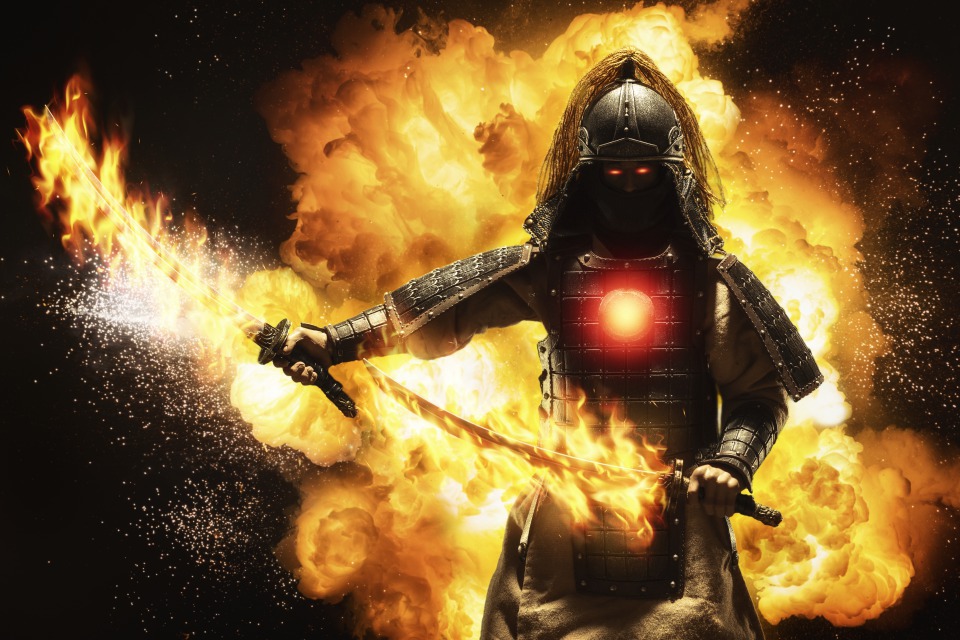
侍 / Samurai : Warrior
武士 / Bushi : Samurai Chivalry
武士道 / Bushido : Way of the warrior, code of chivalry
将 Shogun : General
刀/ Katana : Sword
日本刀 / Nihontou : Japanese sword
切腹 / Seppuku : Ritual Suicide by cutting open one’s abdomen
Words associated with Bushido
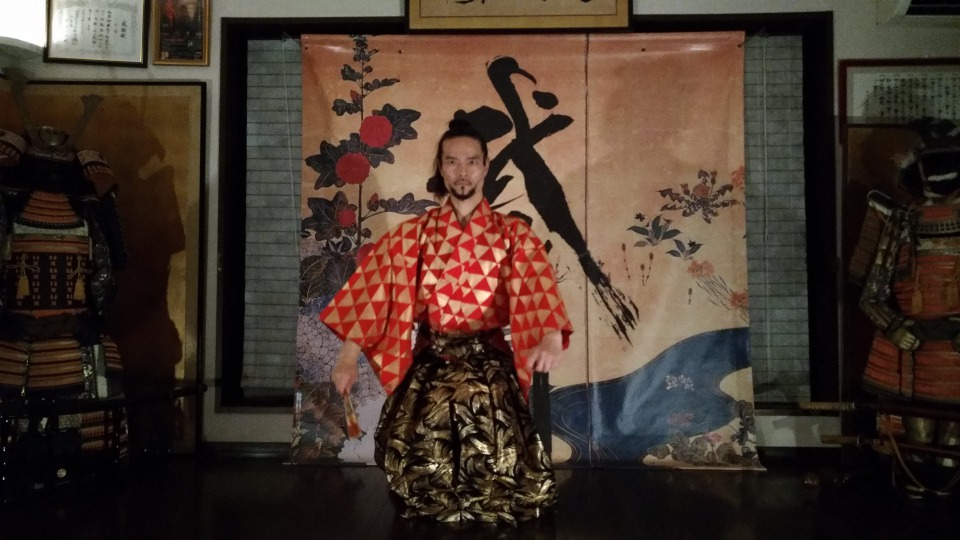
The most important words in Bushido are:
義 / Gi : Rectitude
勇 / Yu : Courage
仁 / Jin : Benevolence
礼 / Rei : Respect
忠義 / Chugi : Loyalty
The following is a list of some of the most important elements.
Bushido and the Samurai
Historical Context
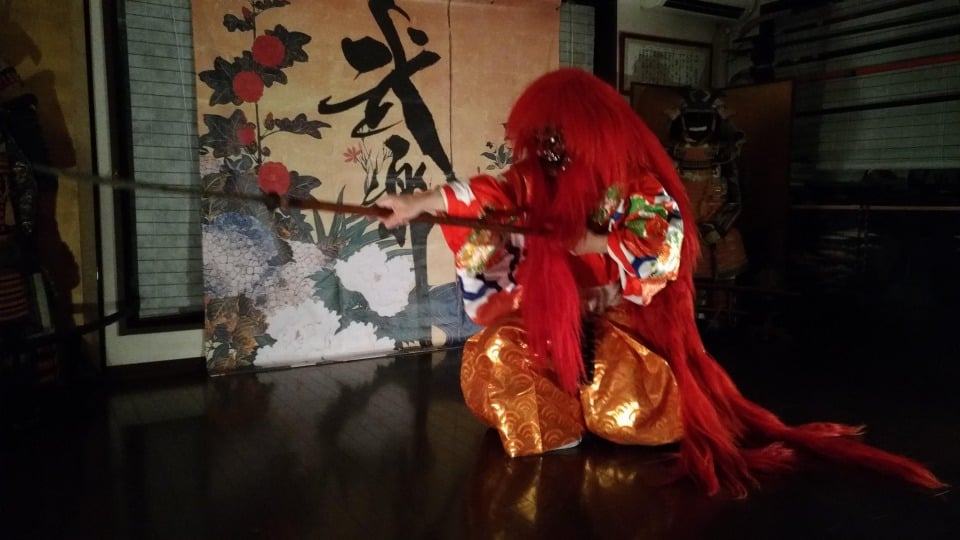
When talking about the Samurai, the historical background is important:
- The ‘Warring States Era’ which occurred in the latter part of the Ashikaga Period, was a century-long (from 1467 – 1573), and marked by constant political upheaval, with the ‘Daimyo’ (warlords) and their armies of Samurai engaging in mutually destructive warfare.
It was initiated by the Ōnin War, which collapsed the Japanese feudal system under the Ashikaga shogunate.
The era came to an end when the feudal system was re-established under the Tokugawa shogunate by Tokugawa Ieyasu.
- The Tokugawa or Edo period (from 1603-1868) was the longest period of peace in the history of Japan, one in which the Samurai also thrived.
Throughout this time Japan was under the rule of the Tokugawa shogunate and the country’s 300 regional daimyō.
The outside world’s access to Japan and hence its influence was restricted during this period, (allowing the culture to develop uniquely) and what was allowed in was selectively controlled.
If you can give your guests a rough idea of these periods in which the samurai thrived, they can refer to it as a basis for learning more about Samurai philosophy and deeds during this period in Japan’s history.
Bushido
To find out more about Bushido Teambuilding experiences that Motenas offers, please refer to:
Bushido and its cultural fascination for visitors to Japan
To find out more about Martial Arts Teambuilding experiences that Motenas offers, please refer to:
Team building and entertainment through martial arts for groups of non-Japanese speakers
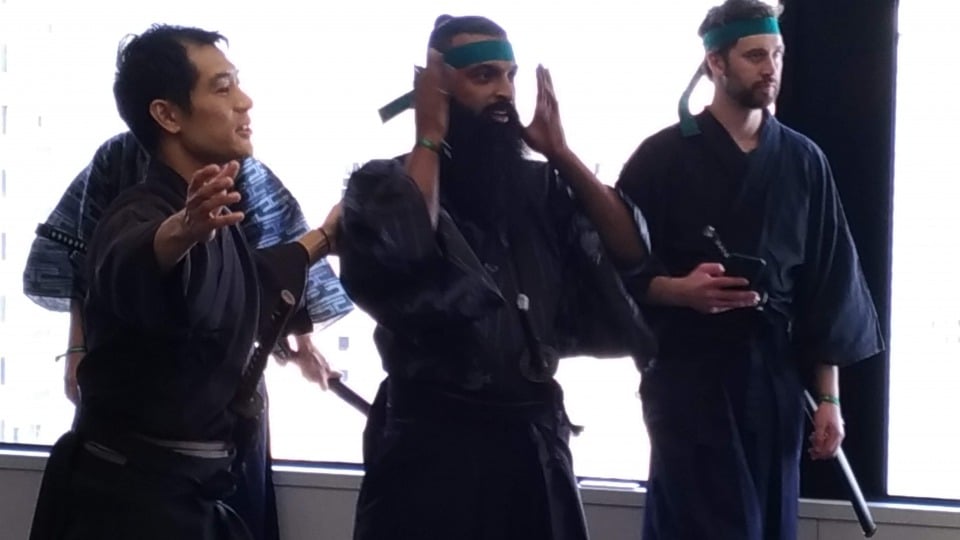
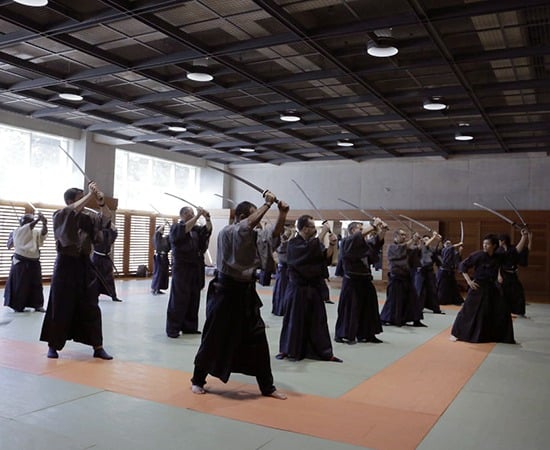
Should you or your guests by interested in Samurai, you might like to learn more about Bushido:
Bushido, means “Code of chivalry”, a way of life synonymous with that of the Samurai.
It stresses concepts such as loyalty to one’s master, self-discipline, respectfulness, and ethical behavior.
Bushido was influenced by the teachings of Zen Buddhism as well as Confucianism.
Samurai Beliefs and Weapons
Zen Philosophy and the Samurai
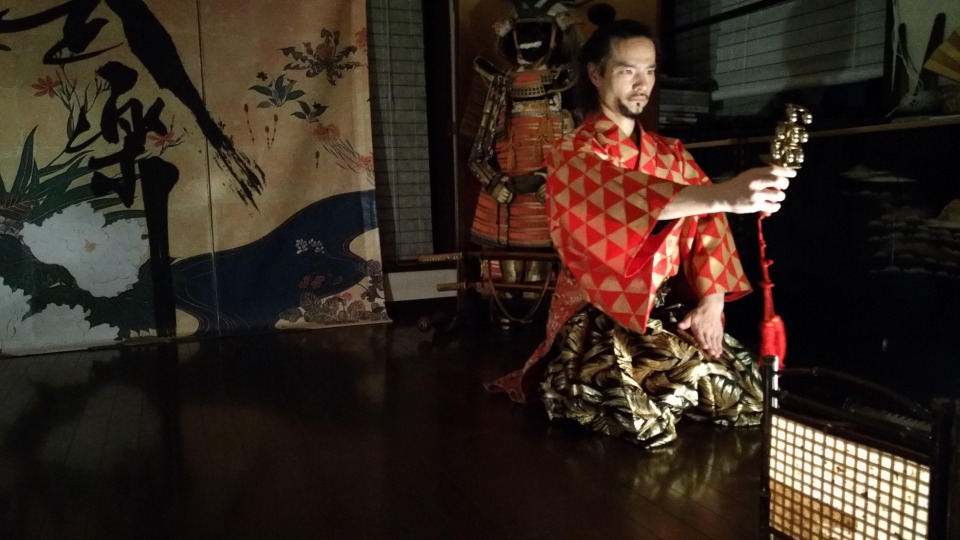
Zen Buddhism, introduced in Japan from China around the Kamakura period (1185-1333), was greatly appealing to the Samurai.
In particular the ‘Rinzai’ school of Zen, with its austere and simple rituals, as well as the belief that salvation would come from within, provided an ideal philosophical background for the Samurai’s own code of conduct.
It promoted selflessness, tought one not to fear of death, and promoted self-discipline and meditation which could be applied to developing martial arts skills.
Note that Zen philosophy influenced not just Samurai and martial arts, but many other aspects of Japanese culture, such as flower arrangement, poetry, tea ceremony, caligraphy, etc.
Even today it is evidenced here in many areas of Japanese life and explains the focus on excellence by its people, whether it be running trains on time, wrapping a gift, or serving up a coffee.
If you can explain the Zen – Samurai connection in a simple way in conversation by using the above information, it will help you to capture the interest of your overseas guest.
The Weapons of the Samurai
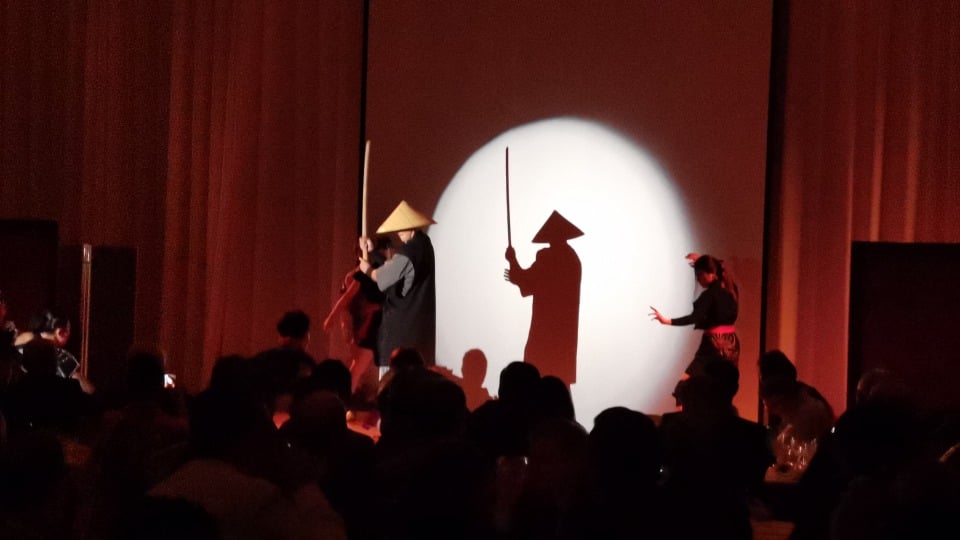
Samurai are known for their swords or ‘Katana’ a Japanese word that has become known around the world, and is synonymous with ‘Samurai’.
Actually this word means sword in general. The actual name for a Samurai sword is ‘Nihontou’, literally, ‘Japanese sword’.
The Samurai employed a range of weapons such as bows and arrows, spears, and latterly guns.
However, their main weapon, what came to symbolize the Samurai, was their Nihontou. A man’s honors was said to reside in his sword.
The craftsmanship of swords, including their carefully folded, hammered and razor-sharp blades, became works of art in themselves.
They are highly prized collectables, ranging from authentic and priceless antique weapons, to authentic modern blades, to reproductions of classic and famous swords, with or without tempering & sharpening.
まとめ
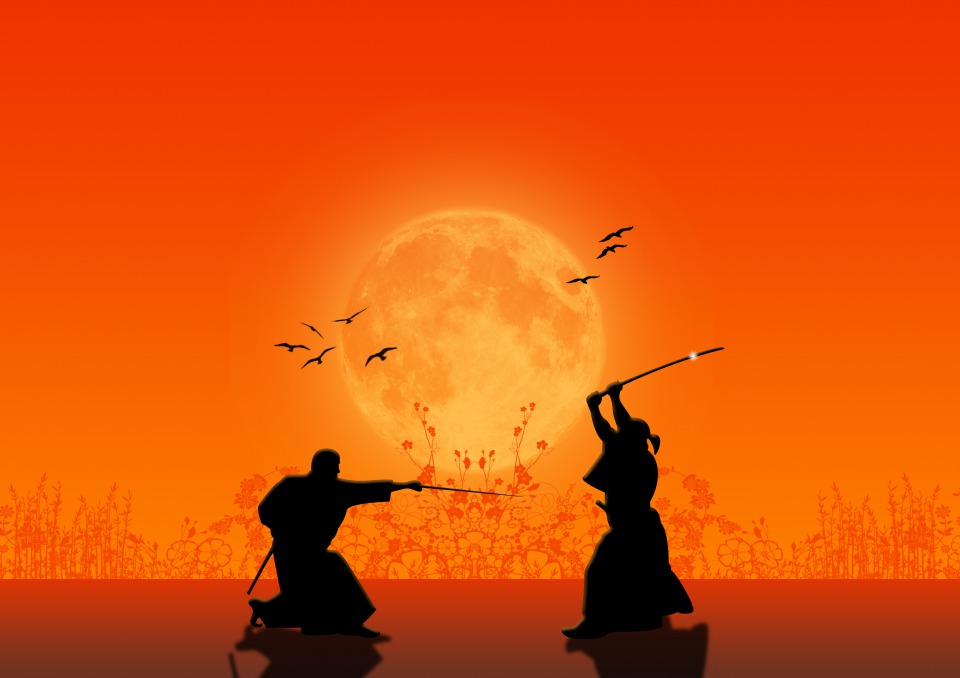
The history of the Samurai is so important to Japan that it is no exaggeration to say that it is the history of Japan itself.
The Samurai of the past have been romanticized and brought to life in movies, games and other contemporary content, and are still synonymous with Japan, and are recognized throughout the world.
If your visitor to Japan is interested in the Samurai, it is a great opportunity to start a conversation and to introduce them to this area through various experiences Motenas has to offer.
We hope that you will seize this opportunity to deepen your relationship with your guests and clients!
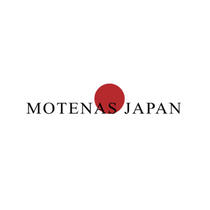
We are working day and night to spread Japan’s unique hospitality culture to people around the world. Please feel free to contact us for any inquiries regarding the reception and hospitality of guests visiting Japan.





